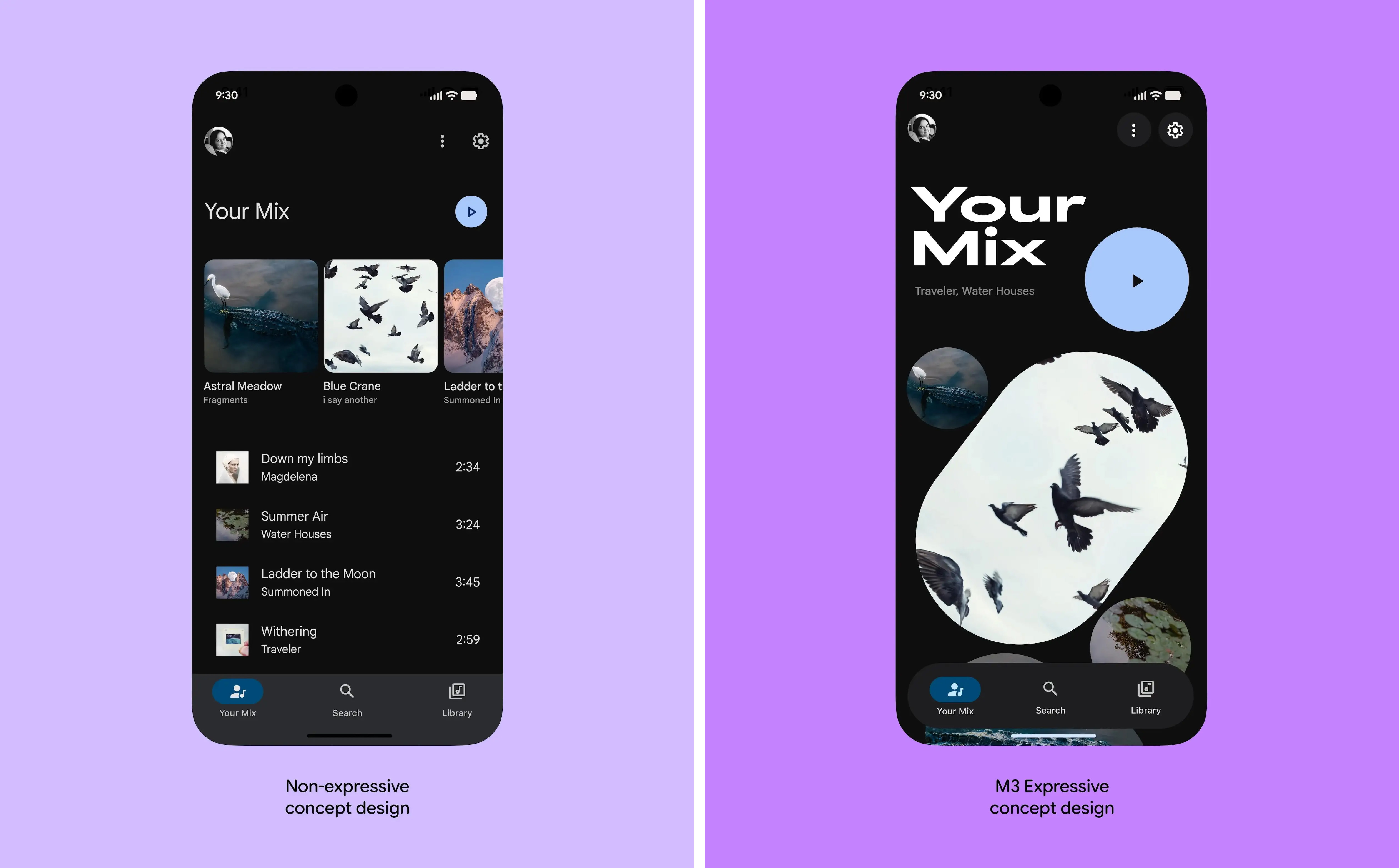Ars Technica - Gadgets and Gear
30 readers
1 users here now
Serving the Technologist for more than a decade. IT news, reviews, and analysis.
founded 11 months ago
MODERATORS
1
2
3
3
4
5
6
7
8
9
10
11
12
13
34
14
15
16
17
18
19
20
21
22
23
24
25
view more: next ›
 Material 3 Expressive aims to make the most important things easier to see and tap.
Credit:
Google
Material 3 Expressive aims to make the most important things easier to see and tap.
Credit:
Google